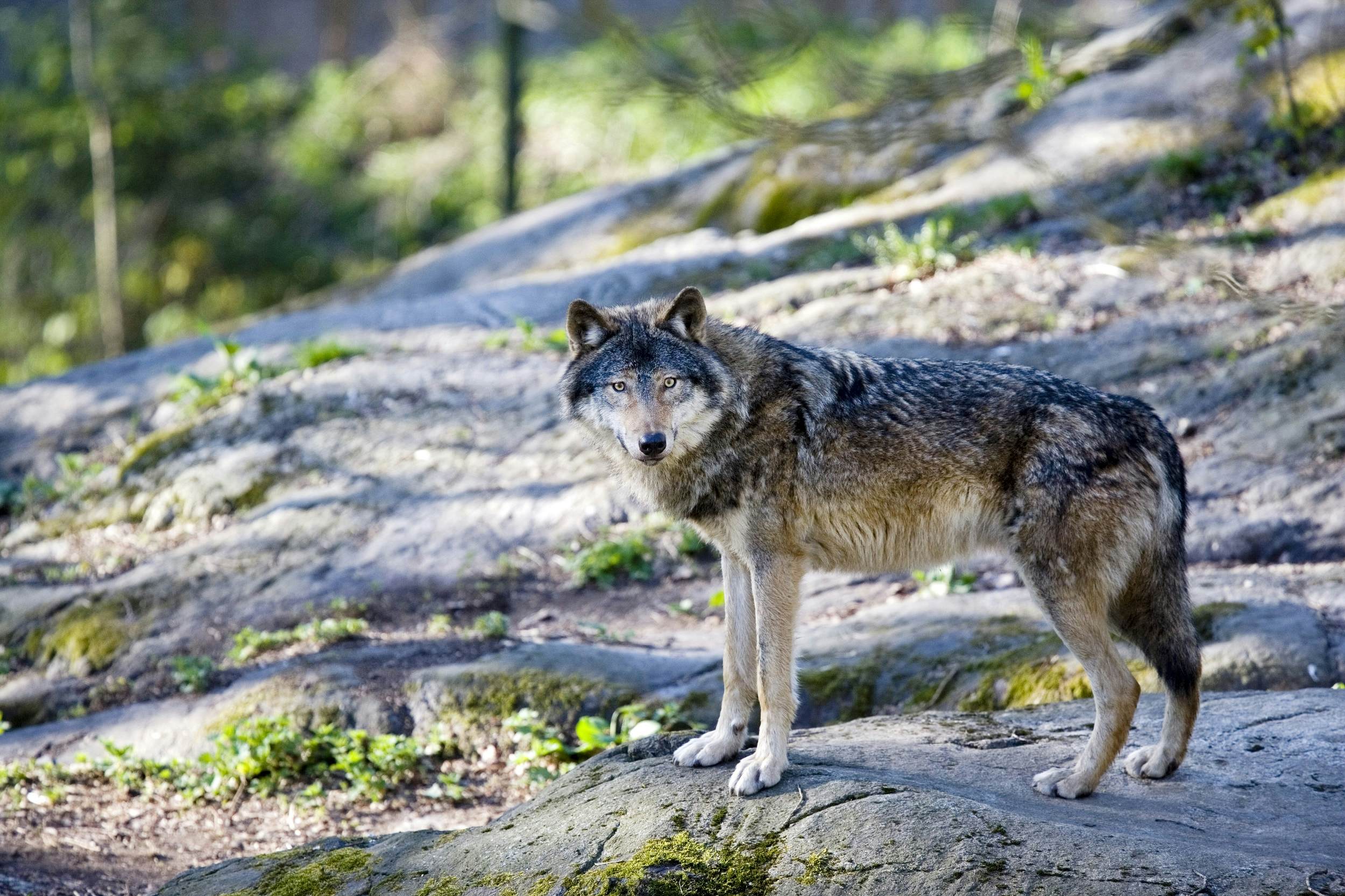Timber Wilds Wolf
Wolf Characteristics
- Timber Wilds Wolf
- Timber Wilds Wolf River
- Wild Timber Wolves
- Timber Wilds Wolf Lake
- Timber Wilds Wolf Lodge
Wolves have many ways in which they behave and communicate with each other.
The WereHouse Wilds Wolf avatar is designed with third party customization in mind. This means that third parties can create, sell, or give away their own texture sets for this Avatar. The HUD only has two custom slots available, however, the Avatar comes with an Object called the Multipack, which can store several more Texture packs. Dire wolfsupport Please:https://www.nepalisawesome.com.
Wolves have a variety of expressions and moods that can be defined by subtle body movements like a shift in body weight to more obvious ones such as rolling on their backs on the floor in a submissive position.
Below are some of the ways wolves show their behaviour towards each other and towards others such as predators or other threats.
Dominant Wolf – A dominant wolf stands stiff legged and tall. Their ears are erect and forward and the hackles bristle slightly. Often the tail is held vertical and curled toward the back. This display shows the wolfs rank to all others in the pack. A dominant wolf may stare penetratingly at a submissive one, pin it to the ground, ‘ride up’ on its shoulders, or even stand on its hind legs.
Angry Wolf – An angry wolfs ears are erect and its fur bristles. Their lips may curl up or pull back and the incisors are displayed. The wolf may also snarl.
Aggressive Wolf – A aggressive wolf may snarl and crouch backwards ready to pounce. Hairs will also stand erect on its back.
Fearful Wolf – A frightened wolf will try to make its body look small and therefore less conspicuous. Their ears flatten down against the head and the tail may be tucked between the legs, as with a submissive wolf. There may also be whimpering or barks of fear and the wolf may arch its back.
Defensive Wolf – A defensive wolf lays its ears back flat against its head.
Suspicious Wolf – A suspicious wolf will narrow its eyes and pull back its ears. Its tail will be pointed straight outwards parallel to the ground if it suspects danger.
Relaxed Wolf – The tail of a relaxed wolf will hang down relaxed or it may wag. The more its tail hangs down, the more relaxed the wolf is. The wolf may also sit like a sphinx or roll on its side.
Timber Wilds Wolf
Happy Wolf – A happy wolf will wag its tail just like a dog and will have its tongue lolled out.
Playful Wolf – A playful wolf holds its tail high and wags it. The wolf may frolic and dance around, or bow by placing the front of its body down to the ground, while holding their rear high, sometimes wagged. This is reminiscent of the playful behaviour displayed in domestic dogs.
Hunting Wolf – A hunting wolf will be tense and have its tail pointing straight out.
Submissive Wolf (Active) – In active submission, the entire body is lowered and the lips and ears are drawn back. Sometimes active submission is accompanied by muzzle licking, or the rapid thrusting out of the tongue and lowering of the hindquarters. Their tail is placed down, or halfway or fully between the legs and the muzzle often points up to the more dominant animal. Their back may be partially arched as the submissive wolf humbles itself to its superior. (A more arched back and more tucked tail indicate a greater level of submission.)
Submissive Wolf (Passive) – Passive submission is more intense than active submission. The wolf rolls on its back and exposes its vulnerable throat and underside. Their paws are drawn into the body. This is often accompanied by whimpering.
Timber wolf
A rugged predator long feared by many ancient Earth cultures. As pack hunters, wolves have complex social lives and are fiercely intelligent.
Base Stats


- Type
- Animal – Wild
- Market Value
- 350
Pawn Stats

- Move Speed
- 5
- Mass - Baby
- 10.2 kg
- Mass - Juvenile
- 25.5 kg
- Mass - Adult
- 51 kg
- Health Scale
- 0.99
- Body Size
- 0.85
- Carrying Capacity
- 64 kg
- Filth Rate
- 2
- Hunger Rate
- 0.29
- Diet
- carnivorous
- Life Expectancy
- 12
- Manhunter Chance
- 100%
- Manhunter Chance (Taming)
- 30%
- Trainable Intelligence
- advanced
- Wildness
- 85%
- Minimum Handling Skill
- 8
- Maturity Age
- 0.316 years (19 days)
- Juvenile Age
- 0.165 years (9.9 days)
- Comfortable Temp Range
- -40°C - 40°C
(-40°F - 104°F)
Timber Wilds Wolf River
Production
- Meat Yield
- 119 wolf meat
- Leather Yield
- 36 wolfskin
- Gestation Period
- 10 days
- Offspring Per Birth
- 1-3 (1.721 avg)
Melee Combat
- Attack 1
- front left paw
10.9 dmg (Scratch)
16% AP
2 second cooldown
Stun for 280 ticks (4.67 secs) on first strike - Attack 2
- front right paw
10.9 dmg (Scratch)
16% AP
2 second cooldown
Stun for 280 ticks (4.67 secs) on first strike - Attack 3
- teeth
12 dmg (Bite)
18% AP
2 second cooldown
Stun for 280 ticks (4.67 secs) on first strike - Attack 4
- head
6 dmg (Blunt)
9% AP
2 second cooldown - Average DPS
- 3.08
The timber wolf is a pack hunter but often seen alone or in pairs. They are almost identical to arctic wolves, differing only in habitat, resistance to cold temperatures and coloration.
Diet
Timber wolves feed on raw meat, corpses, meals, any processed foods, and kibble. When especially hungry, they will frequently attempt to attack, kill, and eat pets or even colonists for food.
Habitat
They live in arid shrubland, boreal forest, tundra and temperate forestbiomes.
Training
This animal can be trained as follows:

| Guard: |
|---|
| Attack: |
| Rescue: |
| Haul: |
*As of version 1.1.2610, all animals can be tamed. The percentage of likelihood of success depends on factors such as the Animals Wildness Percentage, Pawn Handling Skill, and others. More information can be found on the animals page.
Health
| Body part | Health |
|---|---|
| Head | 25 |
| Skull | 25 |
| Brain | 10 |
| Nose | 10 |
| Neck | 25 |
| Jaw | 20 |
| Eye [1] (left, right) | 10 |
| Ear (left, right) | 10 |
| Body | 40 |
| Kidney[2] (left, right) | 15 |
| Lung[2] (left, right) | 15 |
| Liver[2] | 20 |
| Heart[2] | 15 |
| Spine[2] | 25 |
| Stomach[2] | 20 |
| Limbs (left, right, fore, hind) | 30 |
| Appendage (left, right, fore, hind) | 20 |
- ↑Located inside of Head.
- ↑ 2.02.12.22.32.42.5Located inside of Body.
Version History
- Beta 19/1.0 - Trainable intelligence Advanced -> Intermediate, bite damage 11 -> 12, scratch usage commonality 100% -> 50% per side, nuzzle interval 120 -> 240 hours
- Herbivorous
- Alpaca • Bison • Boomalope • Capybara • Caribou • Cassowary • Chicken • Chinchilla • Cow • Deer • Donkey • Dromedary • Duck • Elephant • Elk • Emu • Gazelle • Goat • Goose • Guinea pig • Hare • Horse • Ibex • Megasloth • Muffalo • Ostrich • Rhinoceros • Sheep • Snowhare • Squirrel • Turkey • Yak
- Dendrovorous
- Alphabeaver • Thrumbo
- Omnivorous
- Boomrat • Grizzly bear • Human • Husky • Iguana • Labrador retriever • Megascarab • Megaspider • Monkey • Pig • Polar bear • Spelopede • Raccoon • Rat • Tortoise • Wild boar • Yorkshire terrier
- Carnivorous
- Arctic fox • Arctic wolf • Cat • Cobra • Cougar • Fennec fox • Lynx • Panther • Red fox • Timber wolf • Warg
Wild Timber Wolves
- Dryads
- Barkskin • Berrymaker • Carrier • Clawer • Gaumaker • Immature dryad • Medicinemaker • Woodmaker